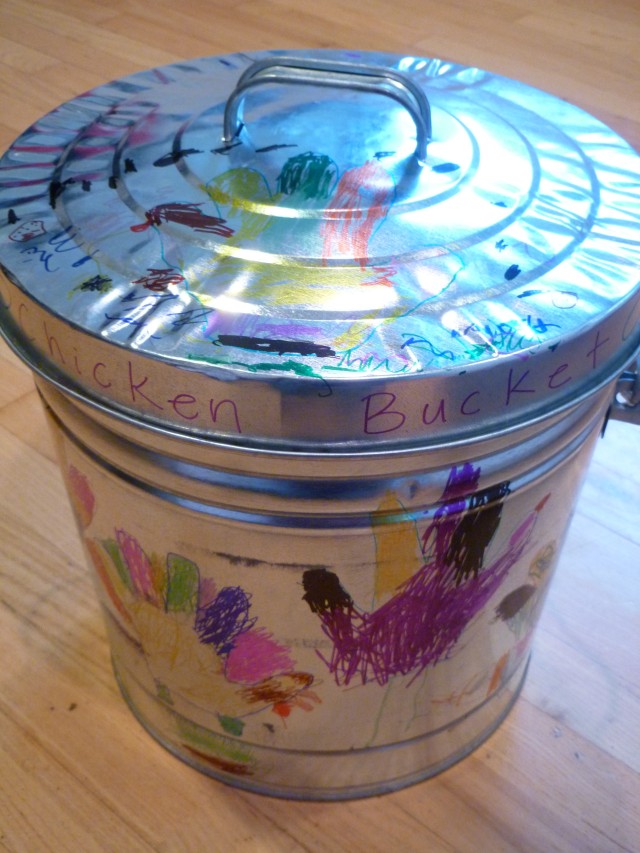We are working with schools both public and private to create systems that make it easy for teachers, students, staff, and families to do everything they want and need to with as little waste as possible. It’s better for us, better for our planet, better for our future – And it’s just as fun as it is educational.
We are a team of local parents, educators and zero waste community volunteers who love working with people of all ages to develop sustainable solutions that reduce waste of all kinds.
A waste audit is the perfect first step. Weighing, sorting, and cataloging a day’s waste provides each school with detailed information about how much waste is generated, and what could be redirected instead of being sent to the landfill. This information alone is frequently enough to motivate individual changes, and institutional changes can be tailored to meet each school’s real needs and desires. There are many things that can be done. Here are a few that are working now for local schools:
- Prime placement of recycling bins with colorful labels for pre-readers.
- Zero waste party kits for each classroom, washed and returned by parent volunteers.
- Connecting with municipal composting programs to deal with school garden and food waste.
- Do-it-yourself food scrap buckets for school families’ back yard hens and worm bins.
- Zero waste school supply lists.
If you’re part of a school on Bainbridge Island and would like some help moving your own program closer to zero waste, please let us know. We’re here to help.





Pingback: 10 Simple Steps to Conducting a Classroom Waste Audit « Trash Backwards